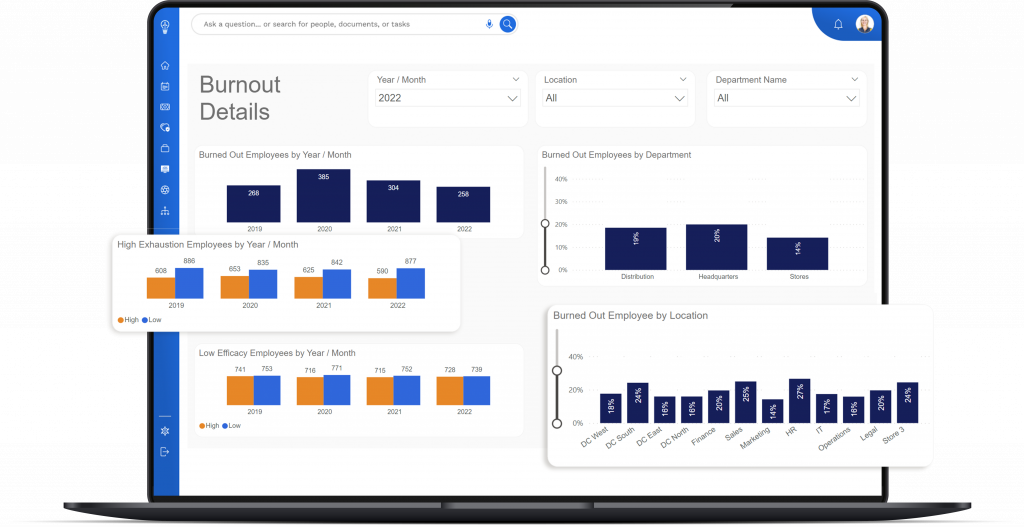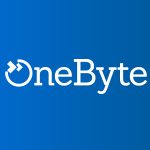Employees who are stretched to the limit to meet deadlines, achieve goals and deliver results, unfortunately can be overworked and stressed to the point of facing burnout. What is burnout and how can technology help prevent it?
What is burnout?
Job burnout is a form of work-related stress characterized by feelings of physical and emotional exhaustion, diminished sense of achievement, and a loss of personal identity. It is not considered an actual medical diagnosis by experts but can affect your physical and mental health and is often associated with other factors such as personal family life and depression.
Possible causes of job burnout include a lack of control at work such as over scheduling, too many assignments or lack of resources to successfully complete work. Other causes can be unclear job expectations, dysfunctional workplace dynamics, feelings of isolation at work, or work-life imbalance.
Burnout can be difficult to spot. Sometimes it takes the form of simply being cynical or disinterested at work. Sometimes it’s having negative thoughts such as “It doesn’t matter how much I work, I can’t keep up” or “I’m wasting my time at this job,” to more extreme signs such as having a short temper, drinking excessively or suicidal thoughts.
Negative consequences of burnout in the workplace
Burnout can not only affect the individual but the workplace as well, affecting the bottom line for private companies and wasted funds spent in the public sector.
Direct costs associated with job burnout can include; increased absenteeism, reduced productivity, and high employee turnover. Absenteeism and decreased productivity can further lead to project delays, missed deadlines, and a decline in the overall quality of work. Additionally, high employee turnover incurs additional expenses related to recruitment and onboarding while also resulting in the loss of valuable knowledge and expertise within the organization.
Job burnout can have broader detrimental consequences, such as significantly impacting company culture and fostering a toxic work environment. These negative factors can not only harm the well-being of employees but also tarnish an organization’s reputation. As a result, attracting top talent becomes more challenging, as potential candidates are likely to be deterred by the negative perception surrounding the company.
HCM technology to fight burnout
Leading Human Capital Management (HCM) solutions provider, Ceridian, discovered in their 2023 Pulse on Talent study that 87% of respondents reported experiencing symptoms of burnout.
Ceridian’s Dayforce solution offers a burnout monitoring tool that uses analytics to identify at-risk employees. With comprehensive insights and tips, managers can reduce burnout, improving morale, reducing turnover, and lowering operating expenses.
Dayforce’s detailed Burnout Dashboard provides an organization-wide view of burnout trends, including specific details on exhaustion and efficacy factors. It helps leaders make data-driven decisions by pinpointing issues by department or location.
Additionally, the dashboard measures the effectiveness of burnout strategies and explores options like role changes or internal mobility opportunities to retain employees who have experienced burnout.

Don’t get burned by burnout
Burnout is a serious issue that can greatly cost an organization in wasted funds, time, and resources. Most importantly, employee turnover can have serious consequences for the health and welfare of your employees.
Putting the health and wellbeing of your employees first by being able to identify burnout using innovative HCM technology can increase retention and positively impact organizational culture.
Want to learn how to recognize burnout with your employees, or stop it before it happens? Contact us to discuss HR tech solutions that could work for your organization.
Explore more from OnActuate:
 |
 |
 |
| How to Deal with the Quiet Quitting Crisis in the Public Sector | Embracing AI in Human Resources | Digital Workspace & Mobility: Effects on Employee Productivity |








